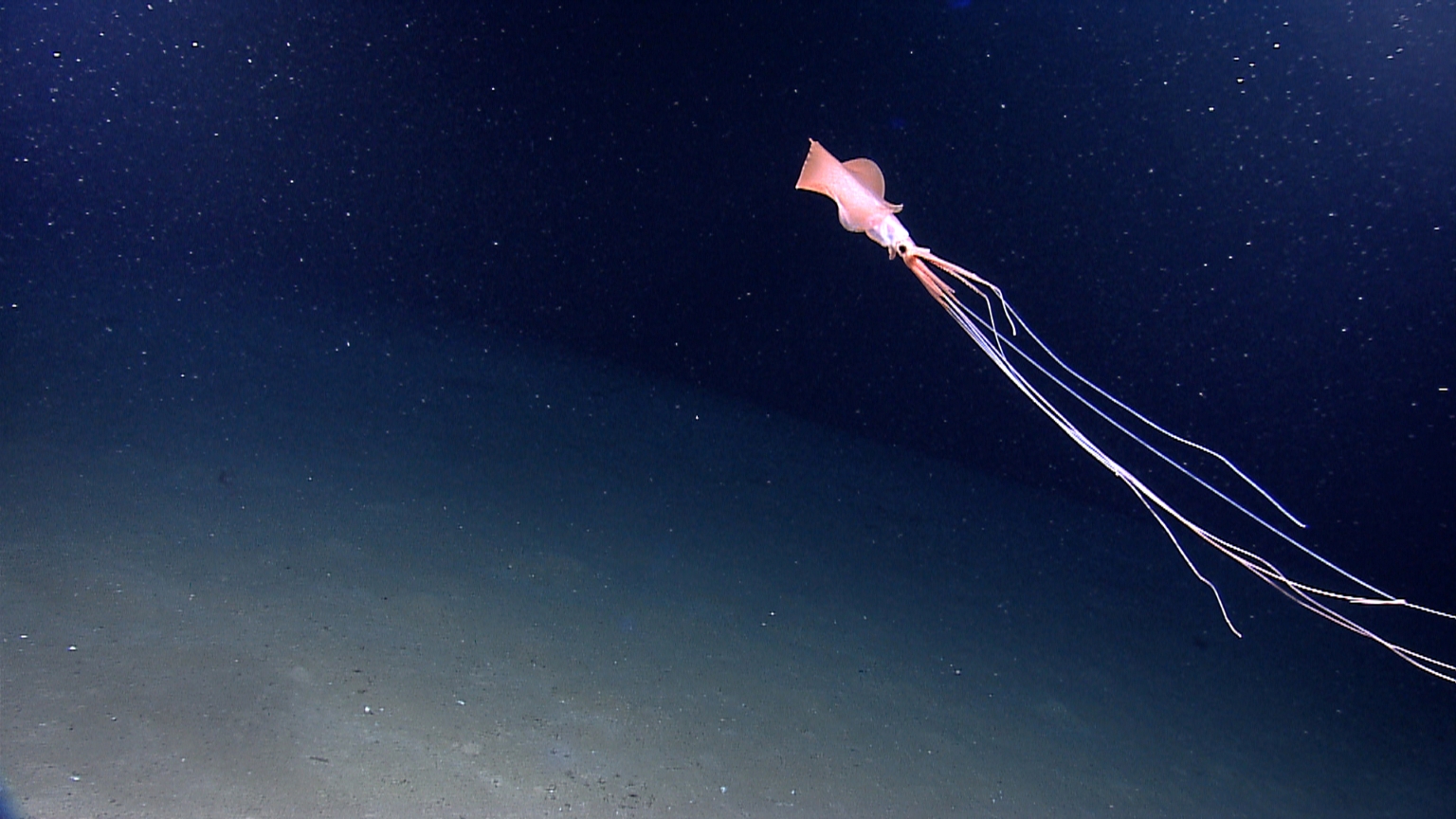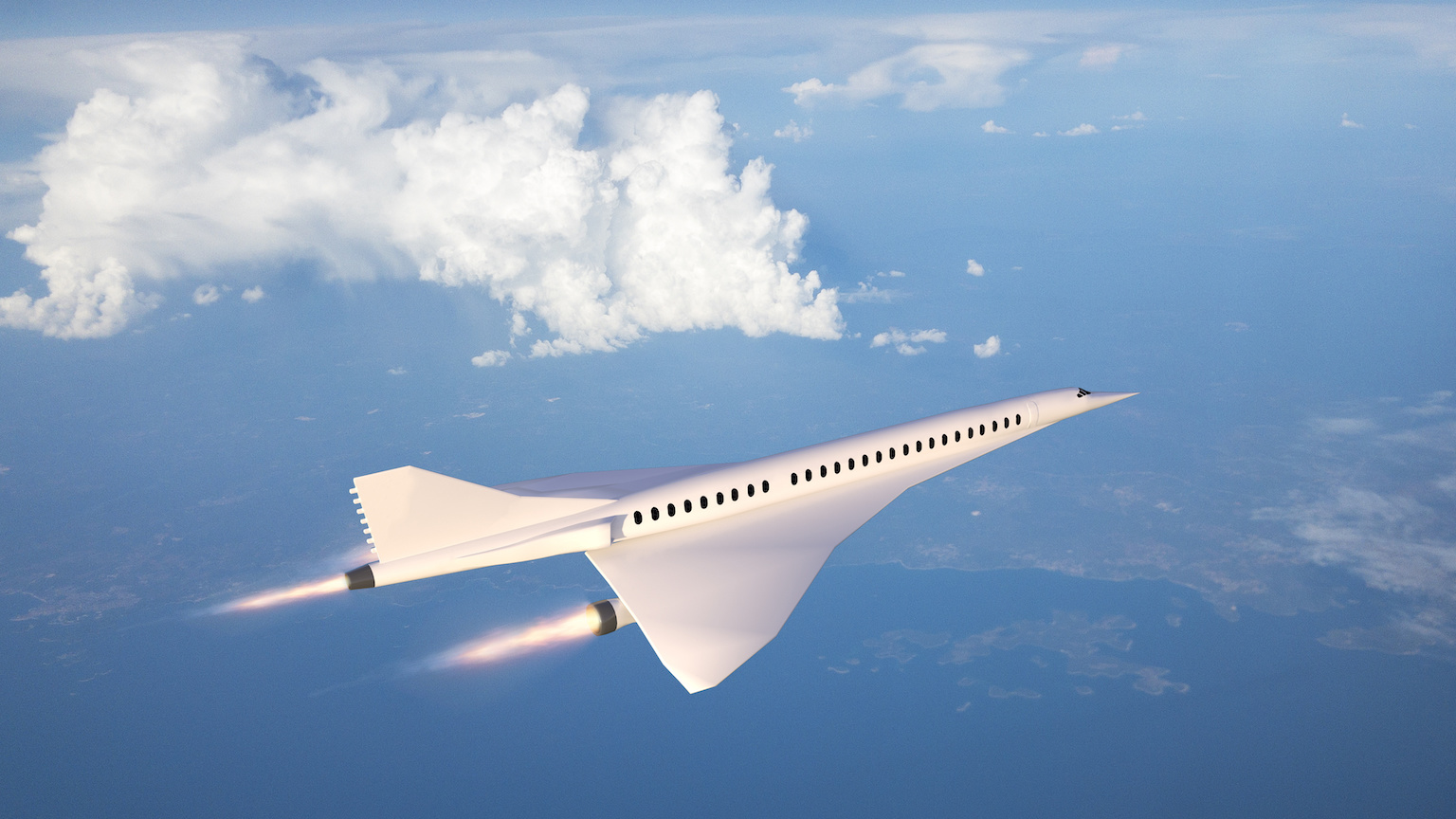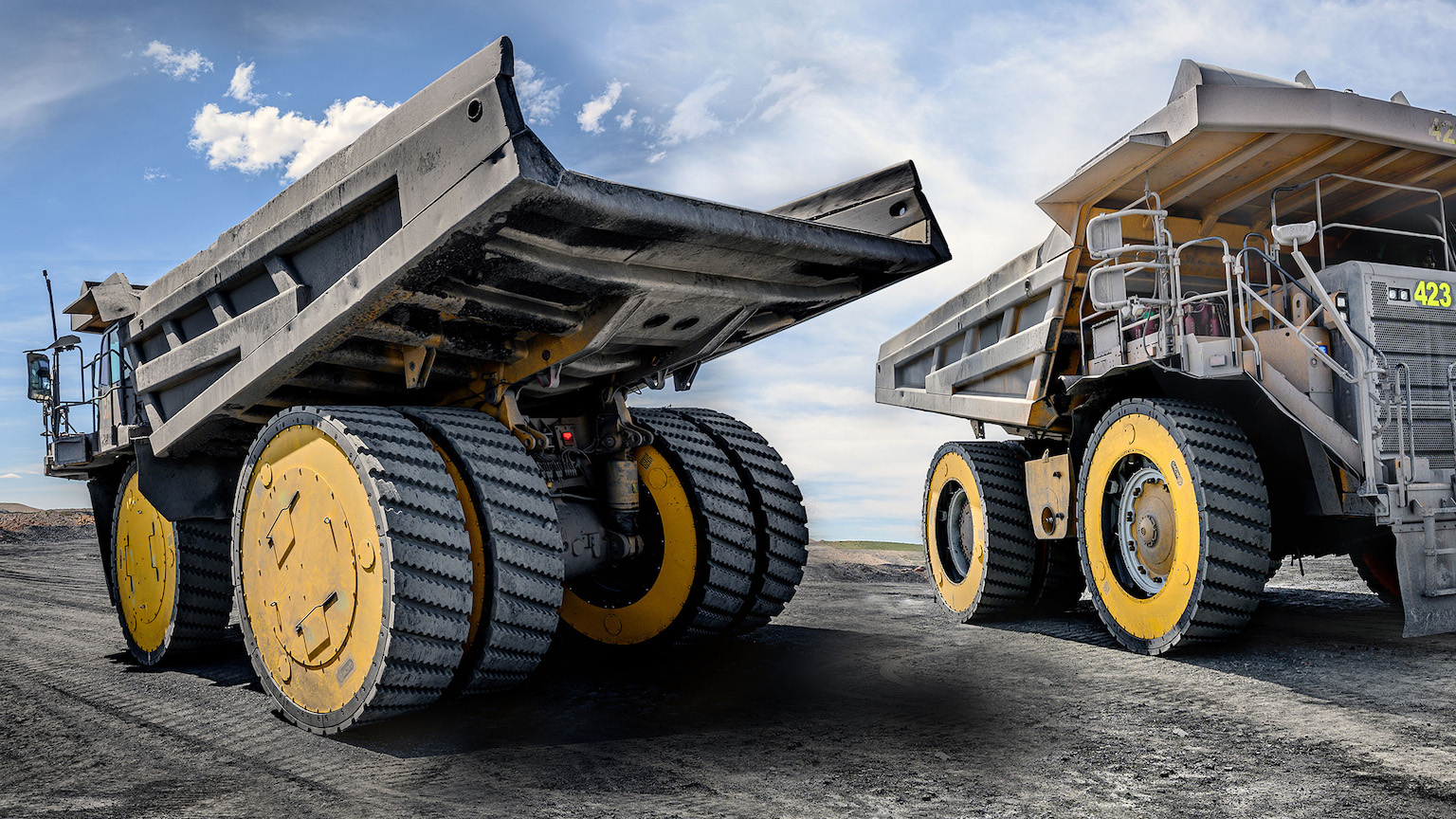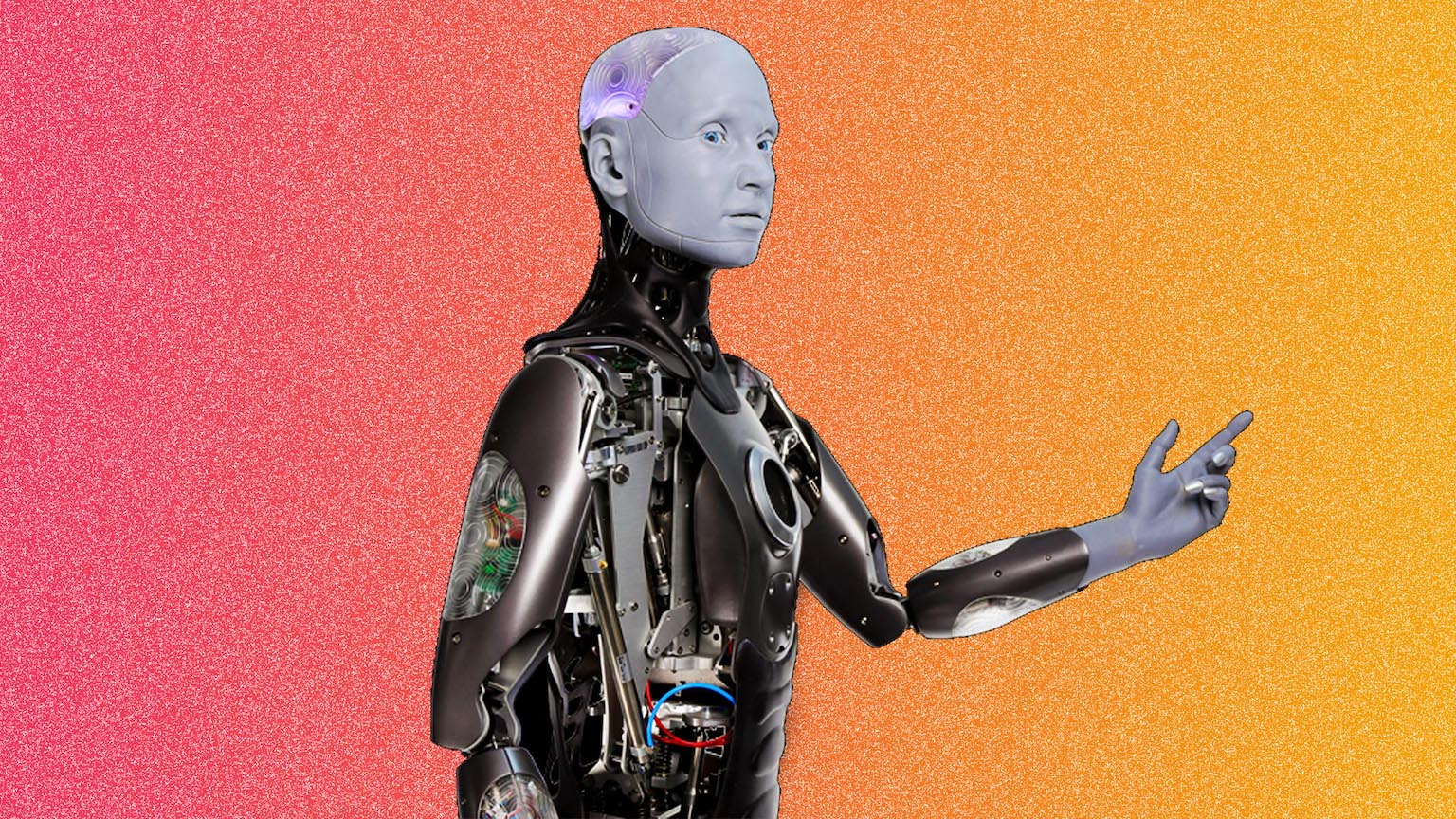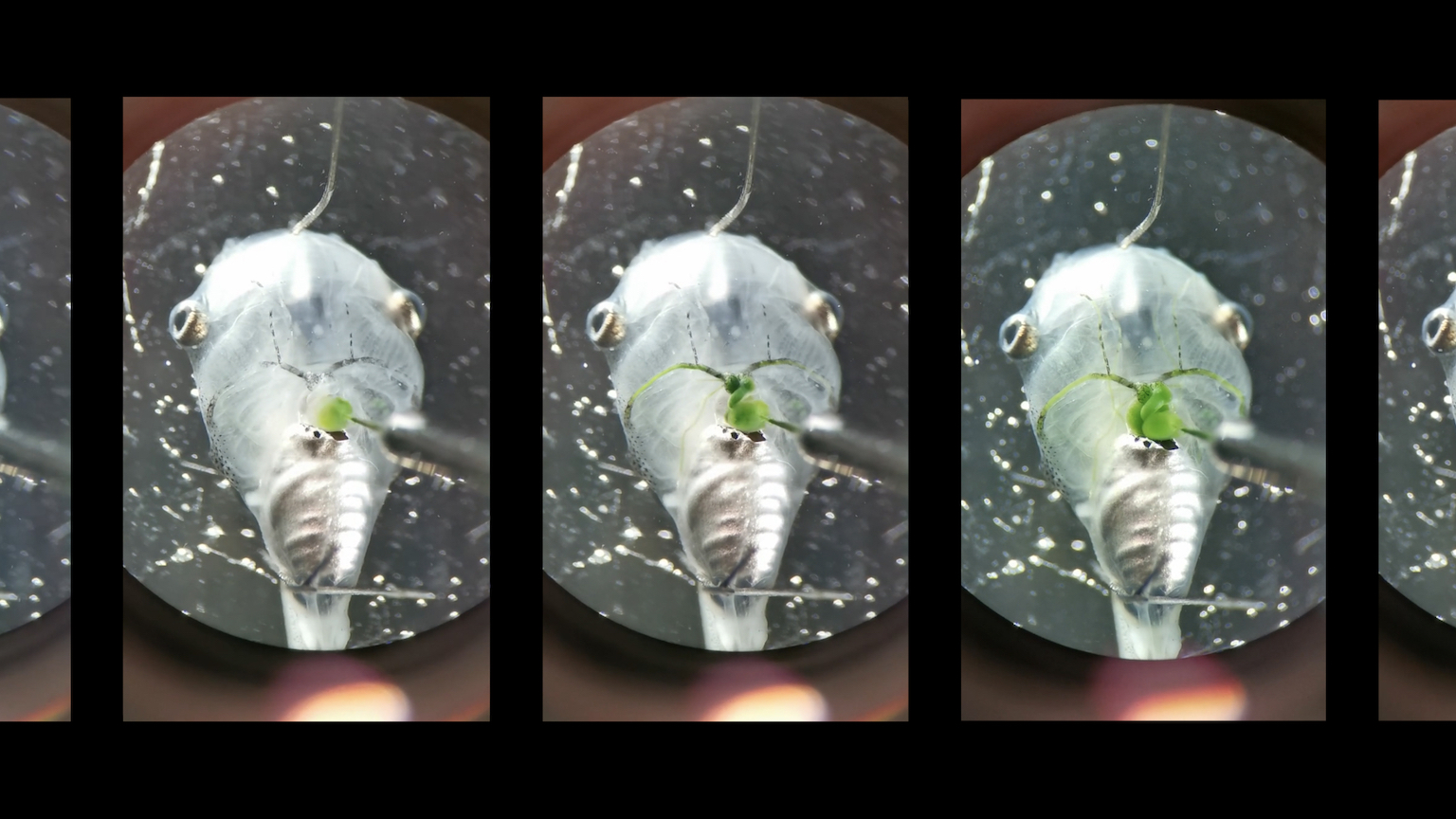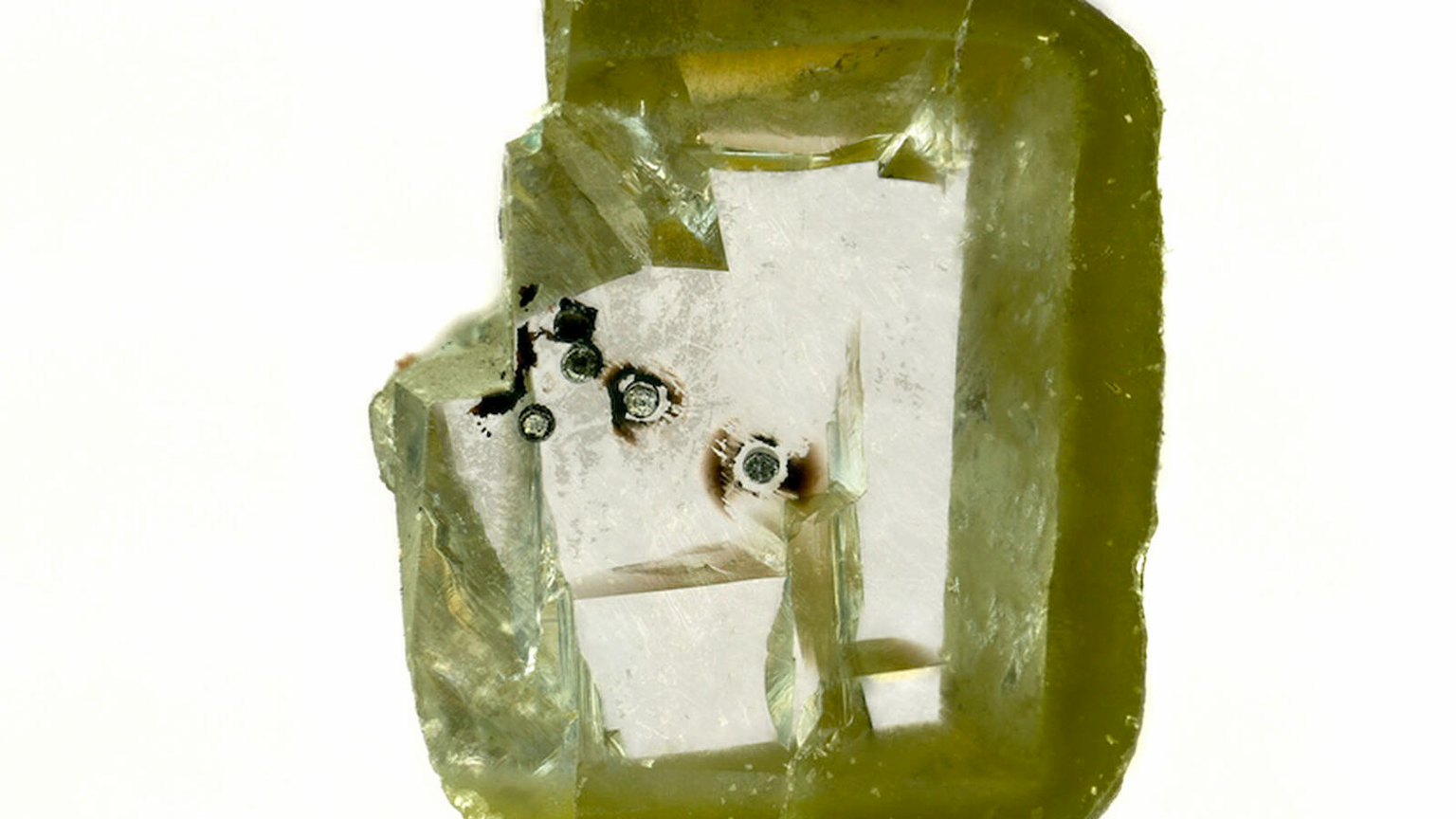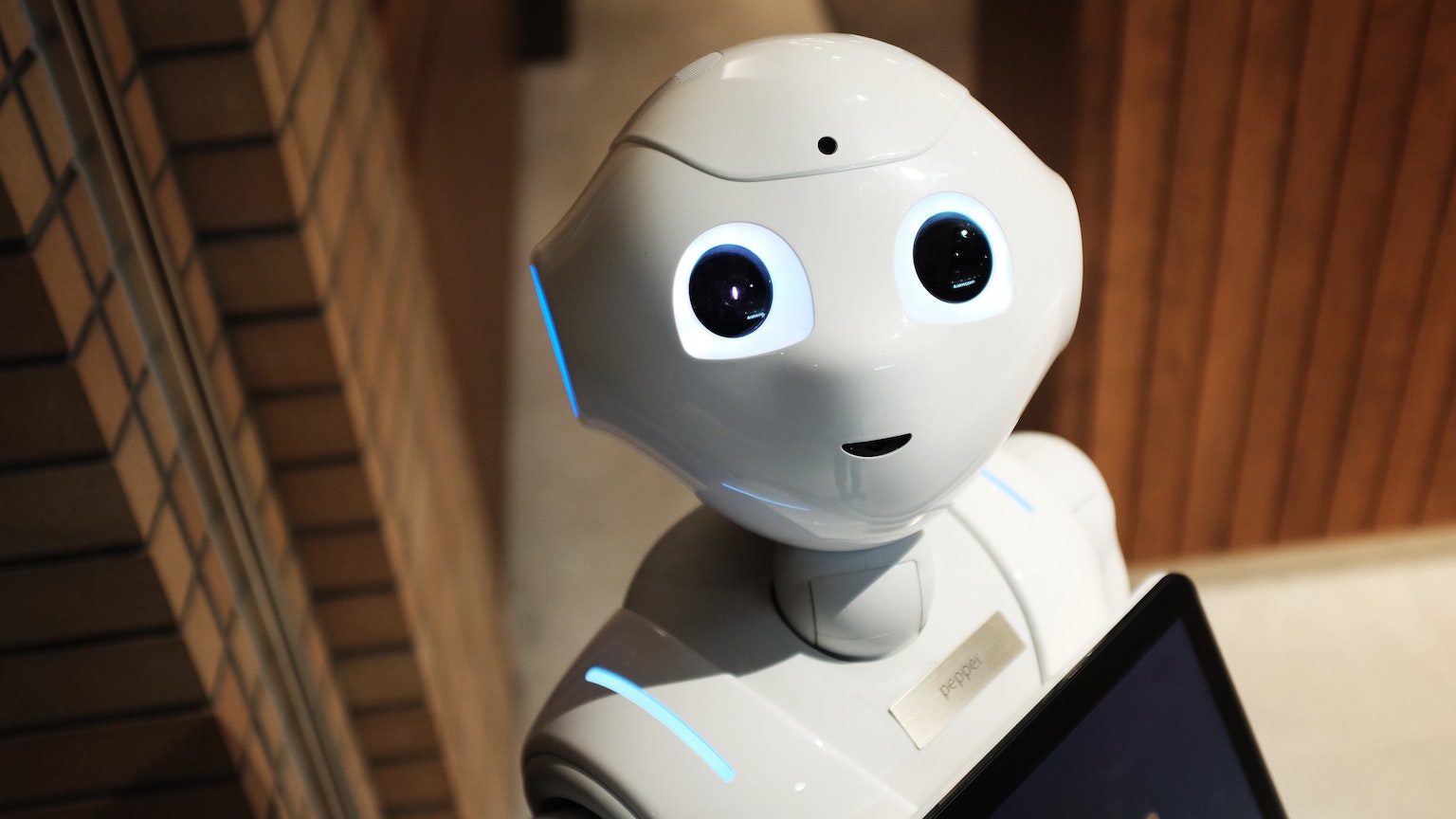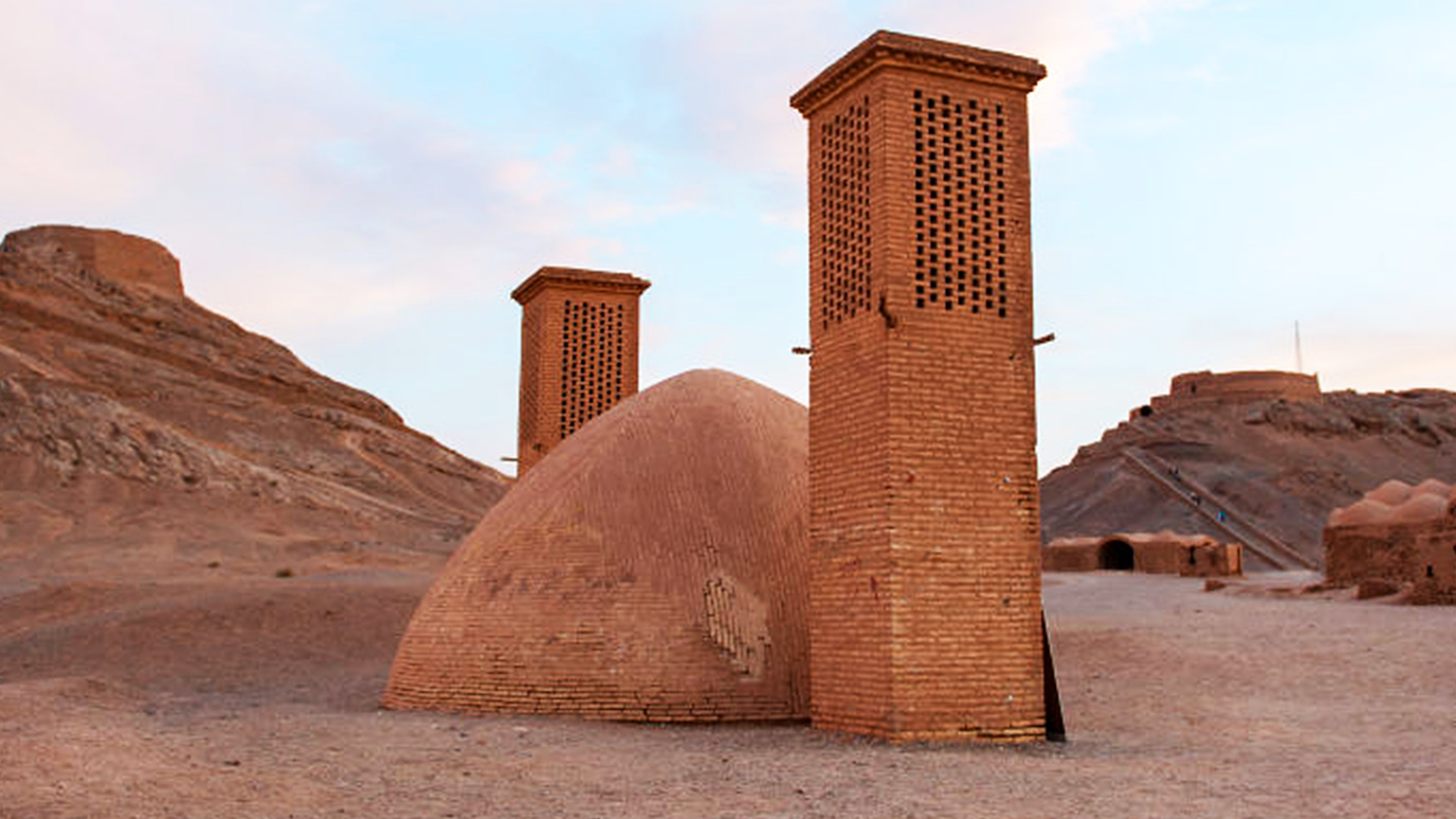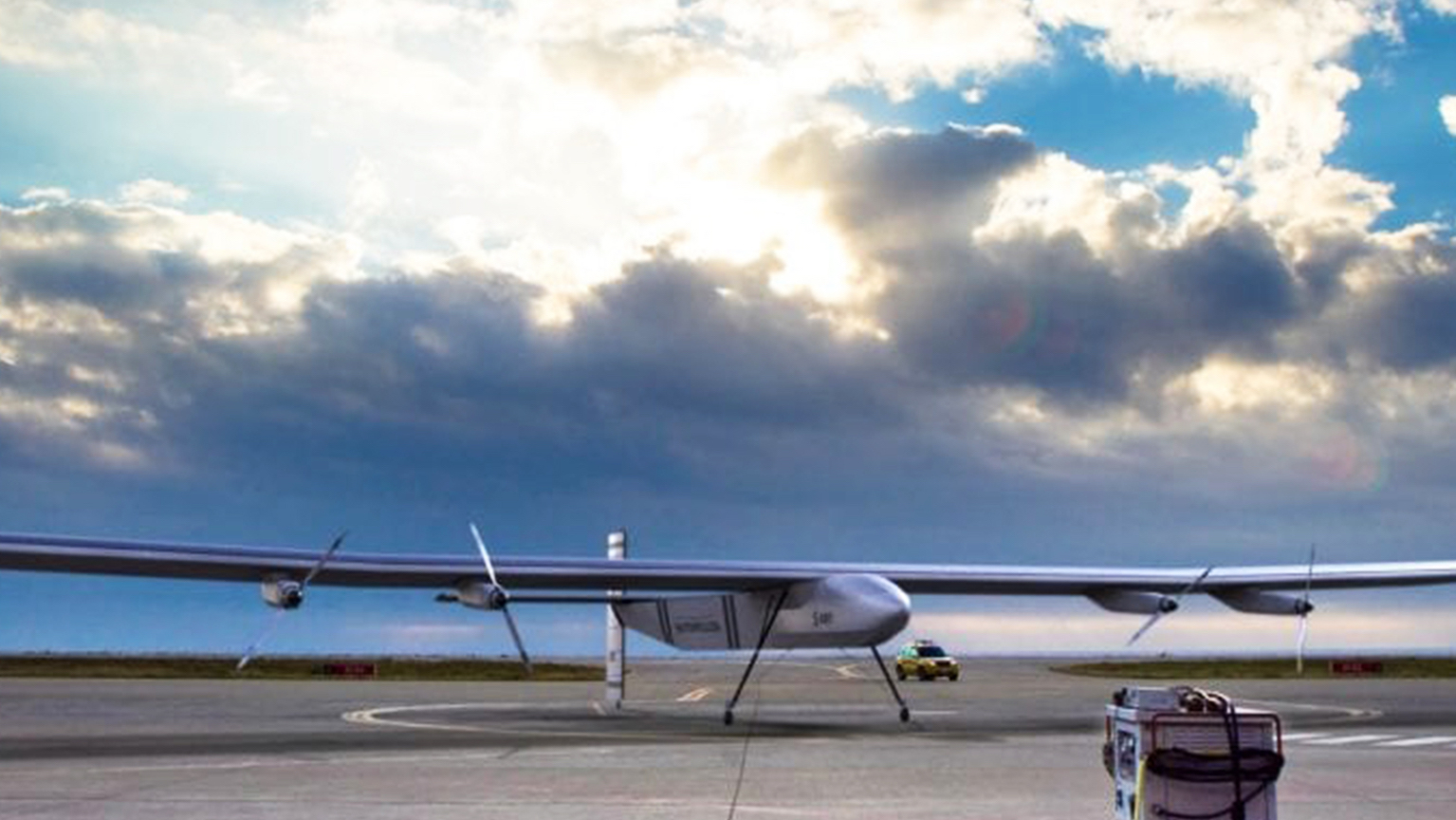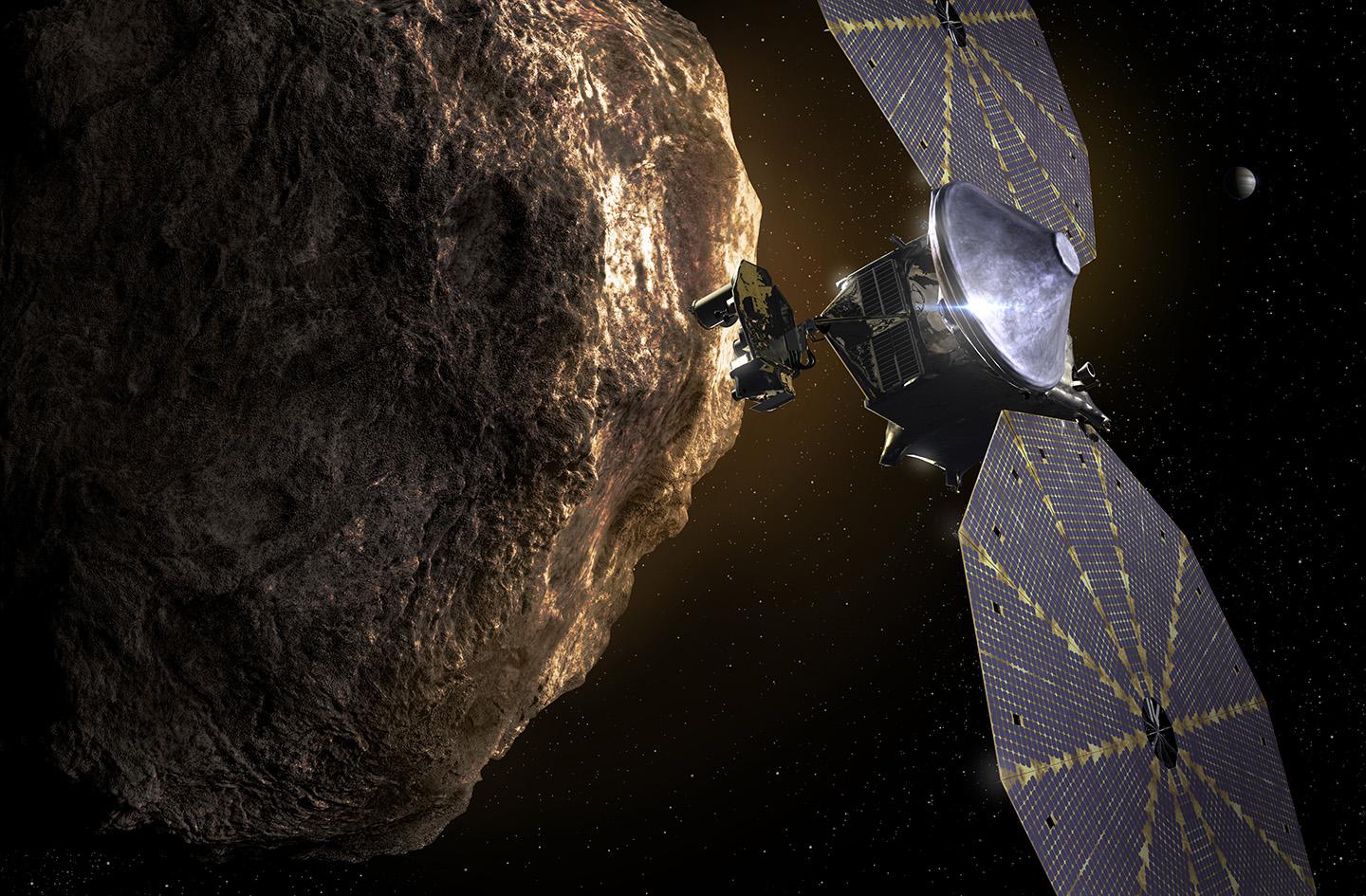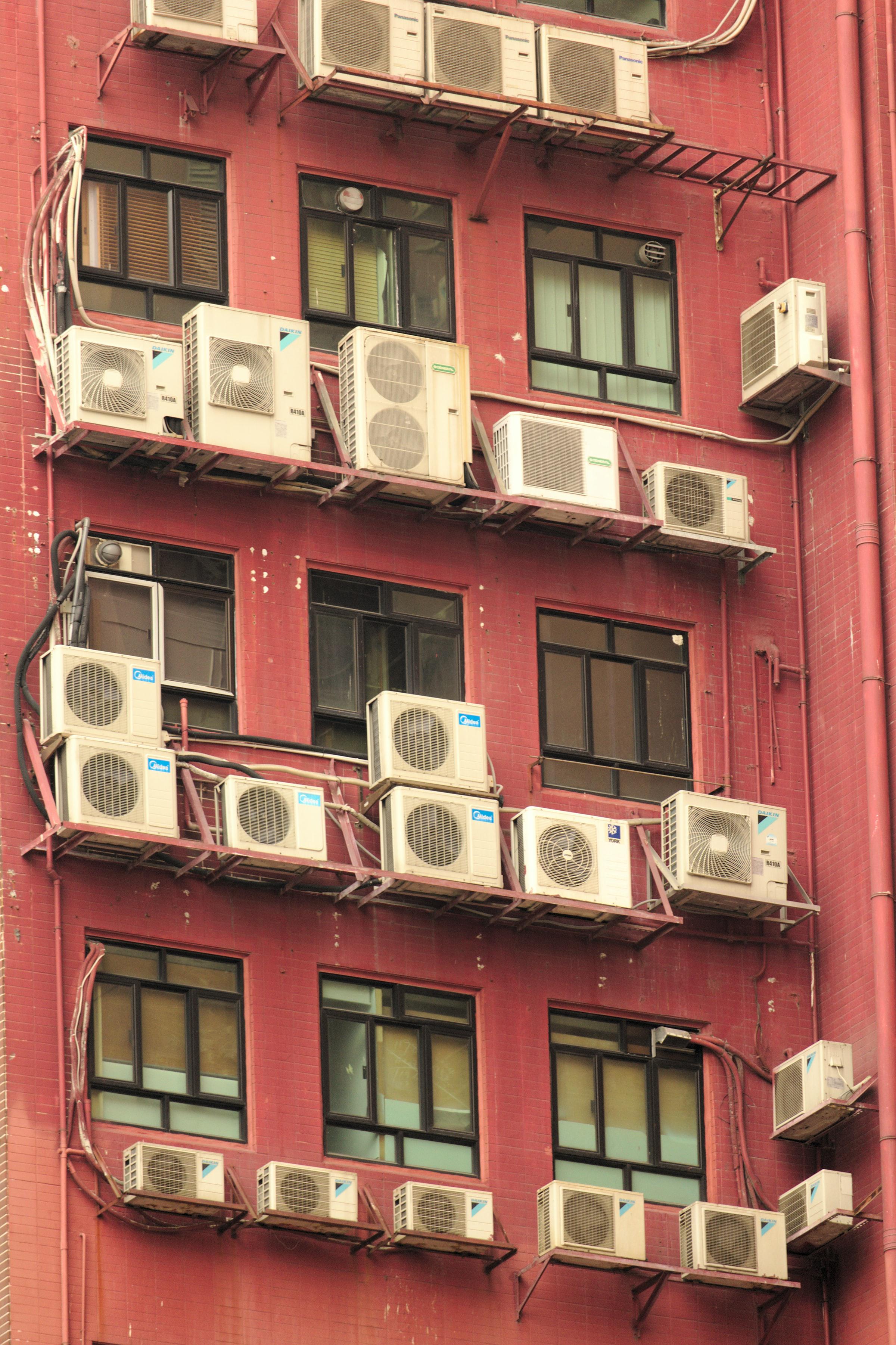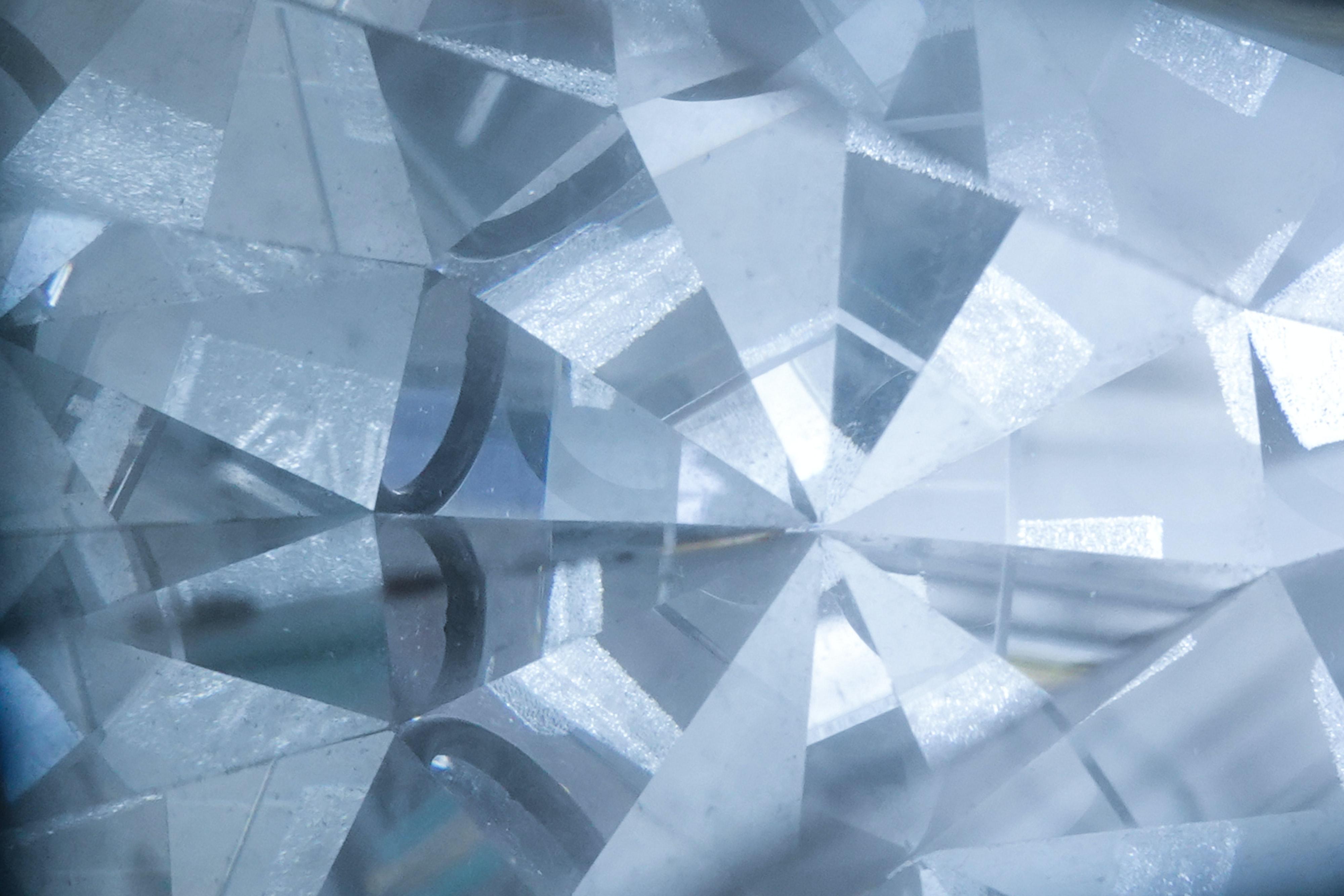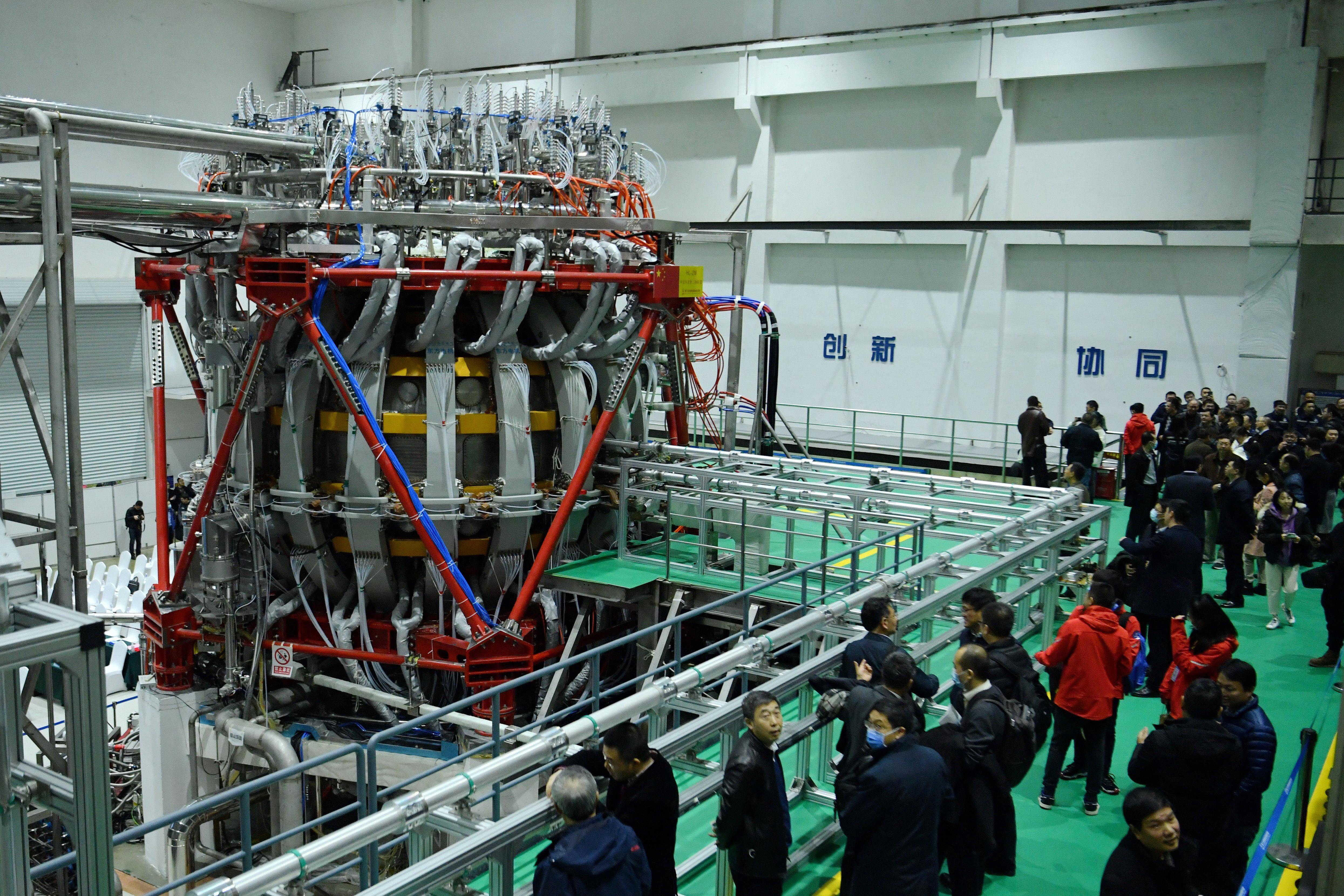Teresa Carey
Teresa Carey is a senior staff writer at Freethink. Before becoming a journalist she was a US Coast Guard licensed captain and professional mariner. She works primarily on the Atlantic Ocean, and from a tiny desk in Annapolis. As a grad of the University of California Santa Cruz science communication graduate program, and a NatGeo Explorer, she loves telling stories on the intersection of science, culture, and heart. Carey’s written, audio, and television broadcast work can be found in BuzzFeed, Scientific American, PBS NewsHour, NPR Weekend Edition, Smithsonian and more.
A team of scientists hopes deep-earth lithium could sustain America’s vast demand for batteries. But extracting it won’t be easy.
Investments in public libraries are a long-term investment in children and communities.
Researchers look to an FDA-approved drug ingredient that can “scoop-up” and store cholesterol and possibly stave off post-stroke dementia.
Scientists captured it on footage 1.5 miles below the surface.
One day, we could fly across the U.S. in half an hour. A state-of-the-art hypersonic flight testing facility at UTSA could help make that dream a reality.
Steel tires may be better for the planet and could replace rubber.
Humanoid robots are coming, and Ameca is designed to be the ideal platform to study human-robot interactions.
Until now, researchers believed davemaoite could never be found on Earth’s surface.
A marketing professional decided to think creatively and create a resume-bot. It helped him land 14 interviews and 11 job offers.
Air conditioning may keep a room cool, but using it is heating up the planet. It is time for something new — or old.
The 72-meter wingspan is lined with solar panels to give the plane the power it needs to stay airborne for nearly three months.
NASA will use energy from Earth’s gravity to launch the Lucy spacecraft in October of this year.
The guilt-free air conditioning, called “cooling paper,” is made from recyclable paper and doesn’t use any electricity.
The pilot project is in 10 stores and is 85% accurate.
Scientists created the mineral lonsdaleite in a lab and tested its strength using sound waves — before it was obliterated.
China has reached a new record for nuclear fusion at 120 million degrees Celsius.



